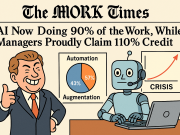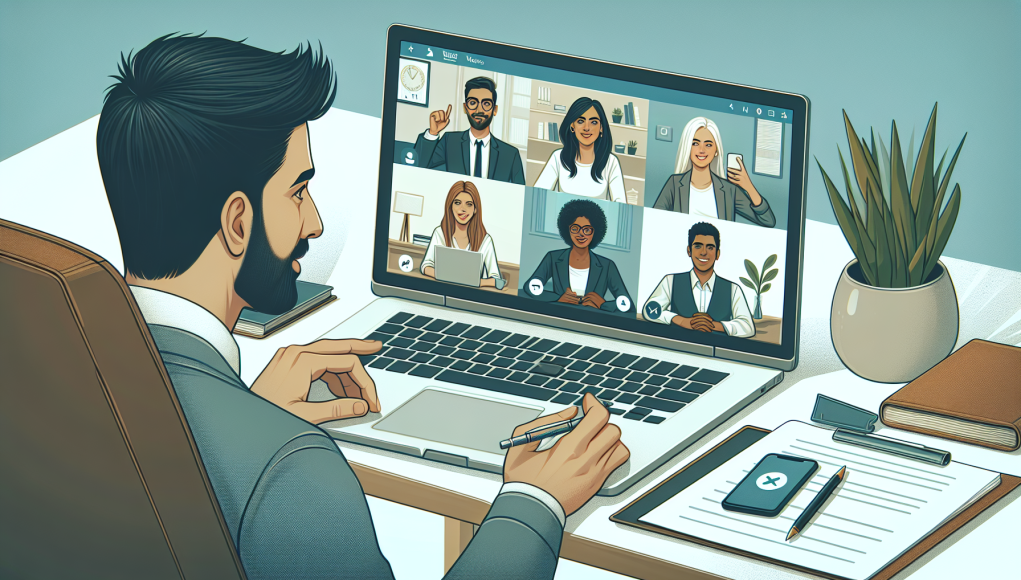Dialing into the Future: How Colleges Are Helping Gen Z Conquer Phone Anxiety for Workplace Success
In todays digital world, Gen Z is synonymous with tech-savviness. They are the first true digital natives, having grown up with smartphones and social media at their fingertips. However, despite these technological advantages, many within this generation face a surprisingly significant challenge when they enter the workforce: phone anxiety.
Phone communication, an integral aspect of everyday business operations, remains a daunting task for many young professionals. This reluctance, sometimes referred to as ‘telephobia,’ can have a ripple effect on organizational efficiency and effectiveness. Recognizing this, colleges are beginning to take action, implementing strategies to help students overcome their aversion to phone calls and boost their communication confidence.
Understanding the Root of Phone Anxiety
For Gen Z, communication has largely been dominated by text-based messaging and social media posts, which allows for more control over what is being said and provides time to think before responding. The immediacy and unpredictability of phone calls remove these comforts.
Add to that a fear of being judged or making mistakes, and it’s easy to see why a simple phone call can become a source of anxiety. But given the importance of phone communication in the professional worldfrom client interactions to team collaborationscolleges are recognizing the need to address this challenge head-on.
Colleges Step Up with Innovative Solutions
To bridge this communication gap, educational institutions are crafting creative programs aimed at reducing phone anxiety. Some colleges have introduced workshops that simulate real-world scenarios where students must engage in phone conversations. These sessions offer a safe space for students to practice and refine their skills without the pressure of actual workplace stakes.
Furthermore, public speaking courses are broadening their curriculums to include modules specifically targeting phone communication. By integrating role-playing exercises and peer feedback sessions, students get the opportunity to build confidence incrementally.
The Role of Technology in Easing the Transition
Ironically, technology itself is helping ease this transition. With the advent of virtual reality (VR), some institutions are pioneering immersive phone call practice environments. By simulating different business situations, students can interact with virtual clients and colleagues, presenting a risk-free opportunity to hone their abilities.
Additionally, AI-driven voice analysis tools provide feedback on tone, pacing, and clarity, allowing students to self-assess and make necessary adjustments.
Impact Beyond Academia
The benefits of these initiatives extend beyond academic settings. As graduates enter the workforce, they bring with them enhanced communication skills that improve not just their personal performance but also organizational efficiency. Better phone communication leads to more effective teamwork, improved client relationships, and a competitive edge in global business.
Colleges equipping their students with these vital skills are doing more than just preparing them for employment; they are cultivating the next generation of leaders who are confident in all forms of communication.
Conclusion
As the workplace continues to evolve, so too must the skills that future employees possess. By addressing telephobia and transforming it into tele-confidence, colleges are not only helping individuals overcome personal challenges but also setting the stage for a more efficient and connected professional landscape.




























